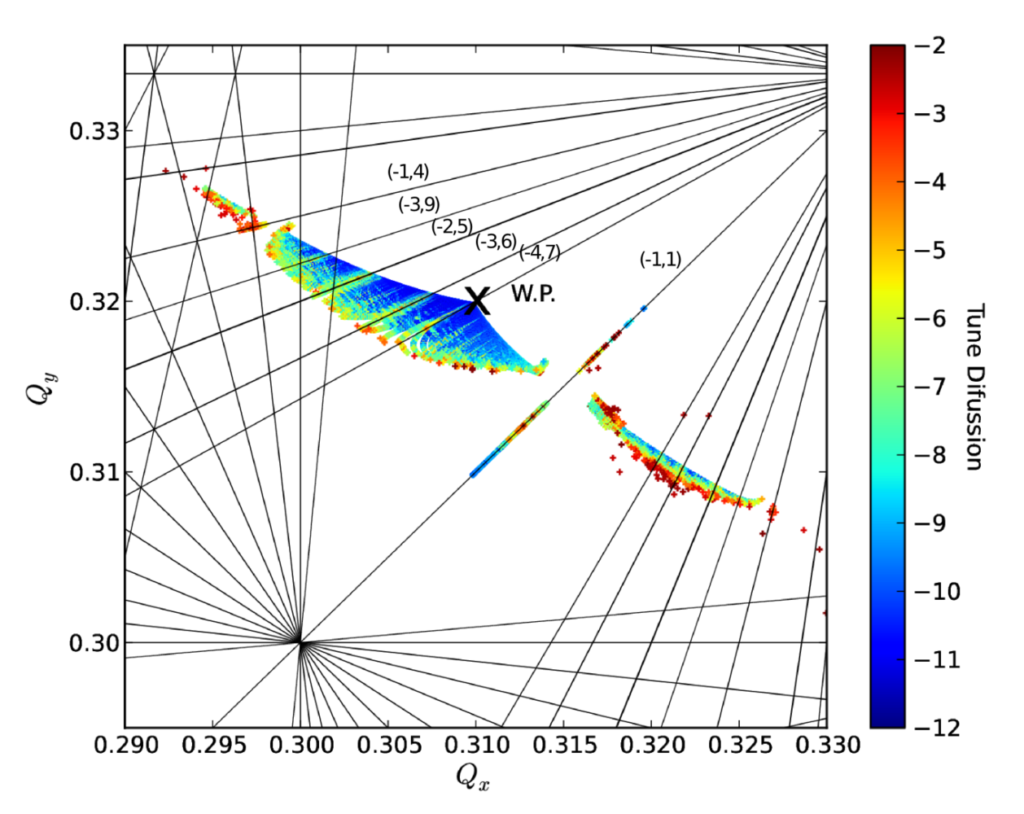The Large Hadron Collider has been providing proton-proton, nucleon-proton and nucleon nucleon collisions since it started operations in 2009. Thanks to the data collected by the experiments several contributions have been made to particle physics. Most importantly, a Higgs-like boson was discovered in 2012, reaching a milestone in the understanding of nature.
Several upgrade options are currently being planned to build on the success of this machine. Amongst them, the High Luminosity LHC (HL-LHC) project aims to increase the luminosity of the LHC by a factor of ten. Another upgrade of the LHC is the large hadron electron collider (LHeC) aiming to make use of the LHC infrastructure to take electron-proton collisions into the Tera-electron Volts energy range. Particle physics in the past has profited from having different types of collisions and the LHeC aims to run synchronously with the HL-LHC. It would substantially extend and complete the physics research at highest energies.

Variation of tunes over 5000 and 10000 turns over a resonance map of order 12 for the LHeC lattice with the inner triplet located at L^*=10 cm from the IP, a beta^*=10 cm in IP2 and beta^*=15 cm in IP1 and IP5.
One of the key challenges in such energy frontier colliders is the design and optimization of the interaction region given that the beams are brought into crossing with the smallest beam sizes in a region where there are tight detector constraints. Integrating the LHeC into the existing HL-LHC design increases the overall difficulty of the task.

Focused proton beam 2 (red) colliding with electron beam (black) while unfocused proton beam 1 bypasses the interaction. Each proton and electron beam passes through its corresponding aperture in the inner triplet.
In a paper just published by CI researcher and oPAC Fellow Emilia Cruz Alaniz from the University of Liverpool in Physical Review STAB different design options for the LHeC interaction region are being considered. Emilia compares competing criteria that help identify an optimum balance between achieving ambitious luminosity goals whilst safely controlling the impact from collisions on the machine. The paper also presents ways to control beam stability and minimize the emitted synchrotron radiation power.
Enjoy !
http://journals.aps.org/prstab/abstract/10.1103/PhysRevSTAB.18.111001
